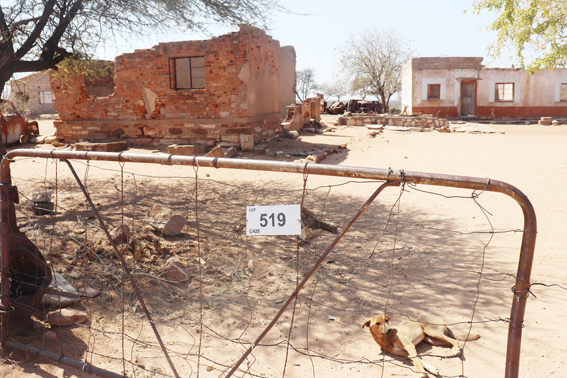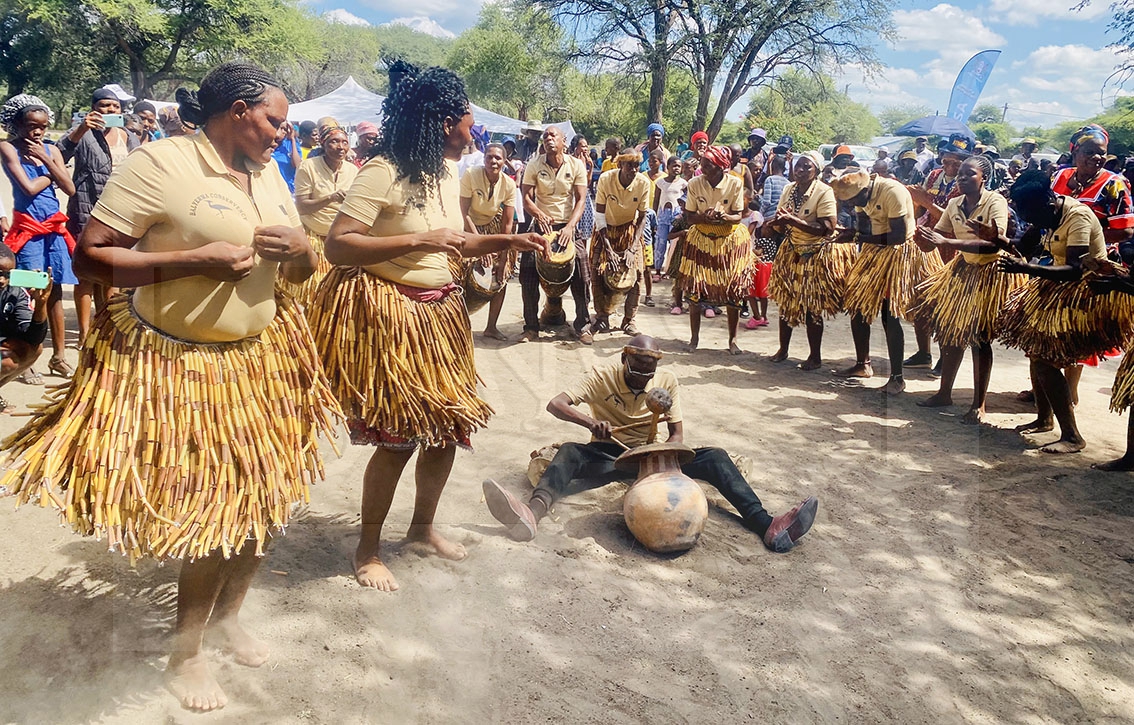Motshegaletau Name that tells all
18 Aug 2020
Some villages get famous because their residents are well known for some sporting activities or social achievements.
Not so with Motshegaletau or Motcity, as it is affectionately known, situated about 57 kilometres west of Serowe.
This Serowe South constituency village, apparently got its name from the misinterpretations of a trapped lion’s interaction with a man - or vice versa.
The legend has it that a lion tried to attack a man who had set a trap for it, with the man’s mates mistaking the lion’s grin for a smile.
Fortunately for the hunter, one of them slayed the lion with an arrow, and called his mate ‘Motshegaletau’, meaning the one who laughed with a lion, from which the village derived its name.
In an interview with BOPA recently, Motshegaletau Kgosi, Mogotsi Mosweu explained that the village, which was a cattle post then, was a burrow for lions, hence the man laughing with the lion folklore.
Kgosi Mosweu explained that the original settlers of the village were the Bapedi, part of the many the Sotho-Tswana groups, who travelled from Transvaal after the Mfecane debacle, that disintegrated many tribes in southern Africa.
He said the group settled at Khubulabopedi, before parting ways with other Ngwato groups, who went to Paje, Mabeleapudi and Mmashoro, while they set up in Thabala and ultimately moved to the now famous Motshegaletau.
He stated that although some eco-social obligations forced some tribes such as Bakgalagadi and Basarwa to stay among the Bapedi in the village, the latter occupied a larger part of the present village.
He said when the Bapedi relocated from Thabala to Motshegaletau, they found the Clark family having established their roots, after Khama III had advised the older Clark to set up in Motshegaletau to serve the entire west population of Thabala, Mogorosi, Moiyabana, Sehunou and Mabuo.
Kgosi Mosweu said through the help of the family, the community managed to build the Russell May Clinic and a dam. Motshegaletau Clinic is named after one Russell May Clark because of her immense contribution towards the upliftment of the lives of the Motshegaletau community.
The village leader said Motshegaletau was a melting pot of cultures as it had Bangwato, Bapedi and Basarwa, who all lived in harmony, despite their tribal differences.
Some of the notable dikgotla in the small village are Mogadingwana, Makgane, Monyepele, Moitoi and Mokwena.
An interesting natural feature of the village is the Mohitshane Hill range, with stories being told of the hill being a sacred place for the gods.
Kgosi Mosweu said only the elderly, who acted as intermediaries between the gods and the community, were allowed to cross over to the other side of the hill when the sun kissed the horizon. Ninety-eight-year-old granny, popularly known in the village as Ntharenyana, is one of the intermediaries.
There is a rumor that a sharp aroma of lebelebele (millet) is often smelt from ‘the other side’.
Some of the cattleposts surrounding the village of Motshegaletau are Palapala, Motlopi, Hulapetsana, Monkgaphokoje, Saanakoma, Bolela, Kgamane and Xhootsha.
Incidentally, a dilapidated 1920 house of Clark‘s family still stands in the family’s compound, just behind the room in which Seretse, Bangwato kgosi, reportedly lodged. ENDs
Source : BOPA
Author : Tshiamiso Mosetlha
Location : MOTSHEGALETAU
Event : Interview
Date : 18 Aug 2020







